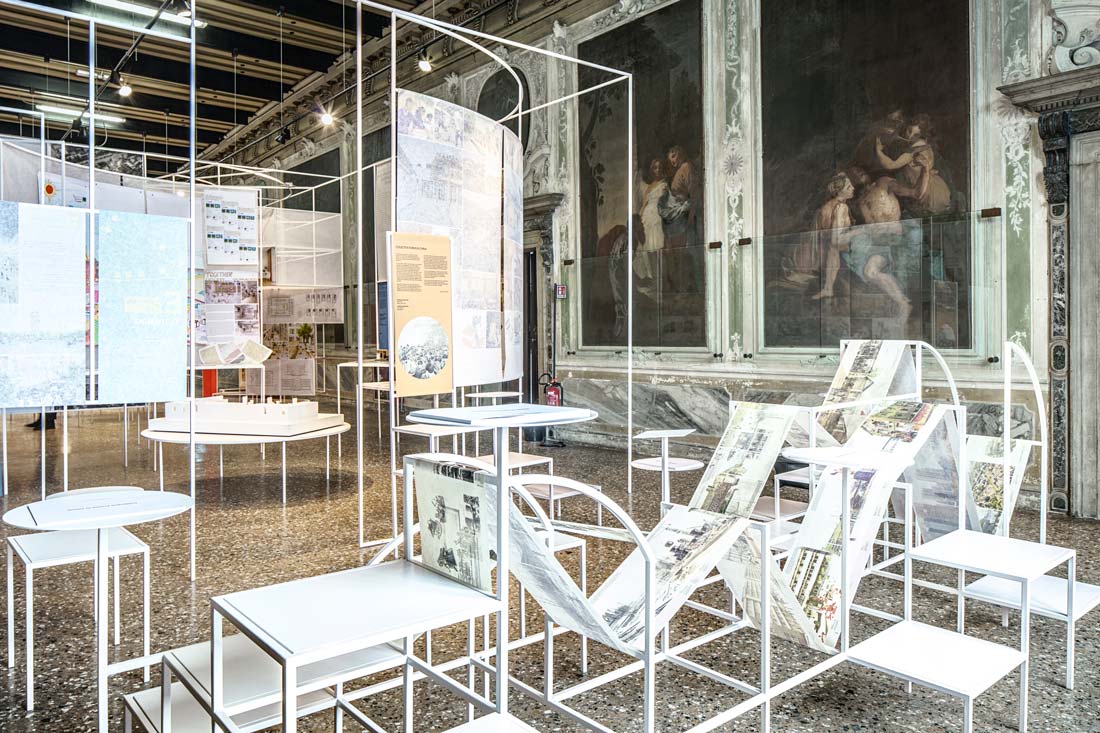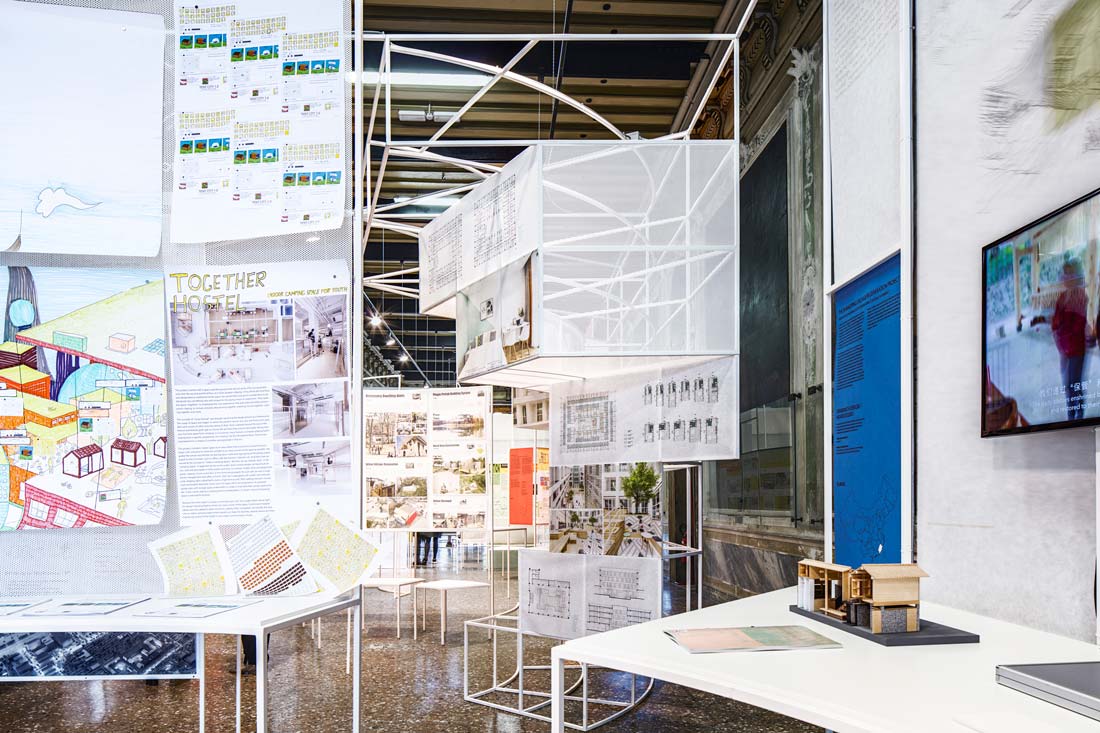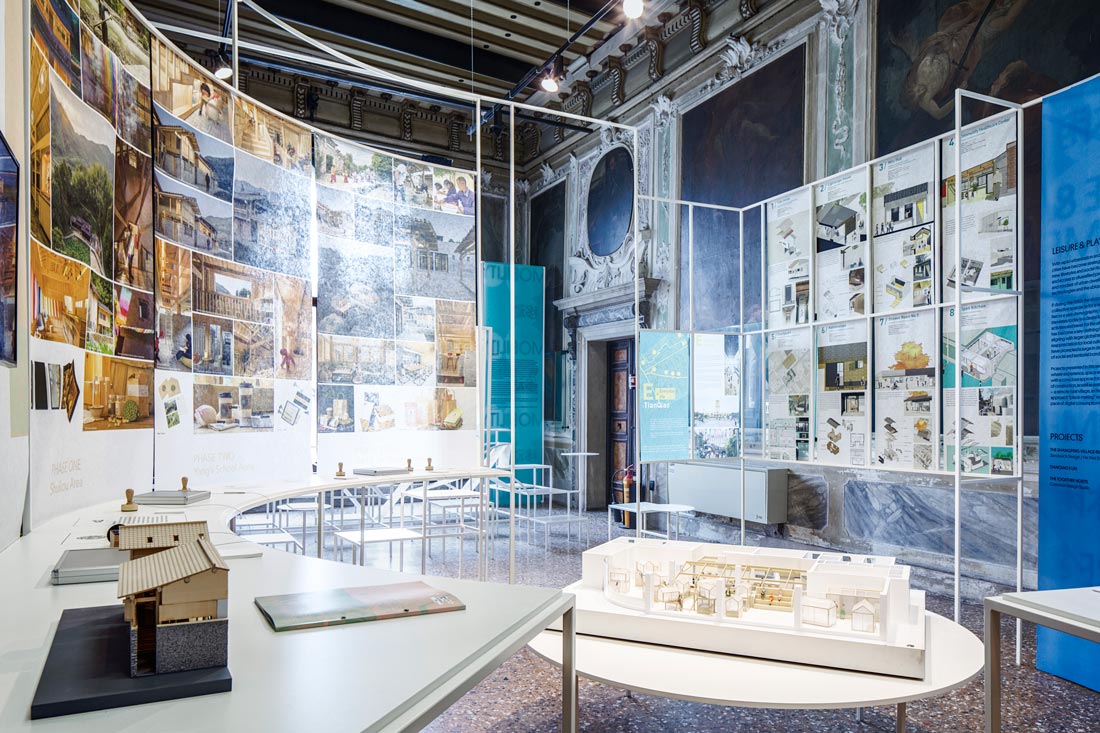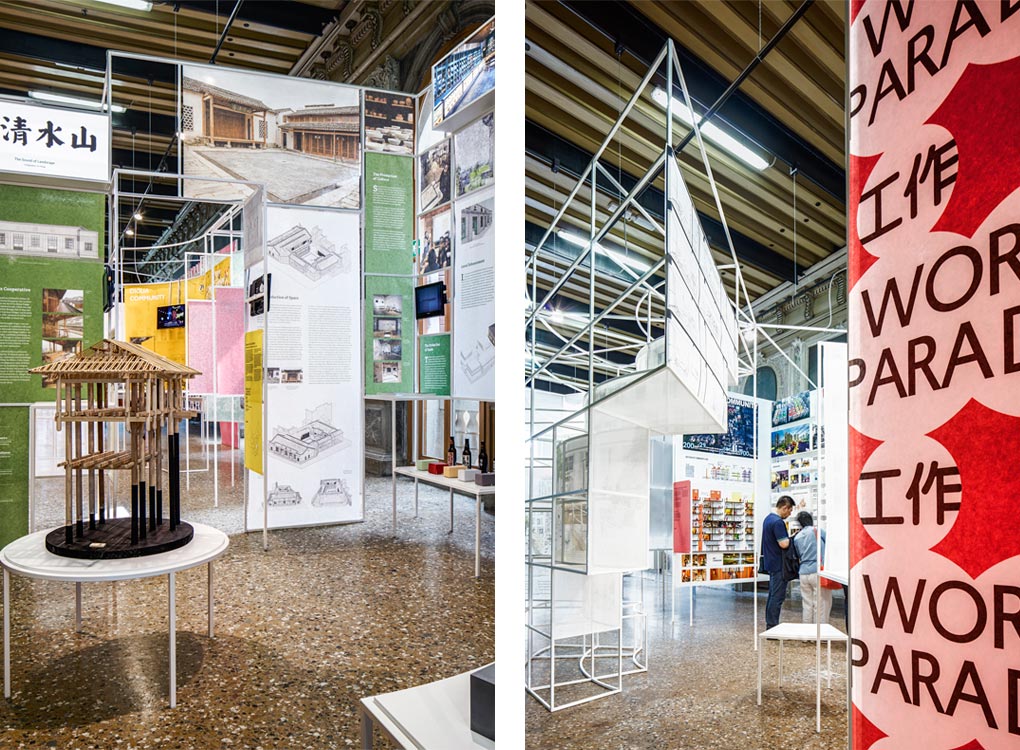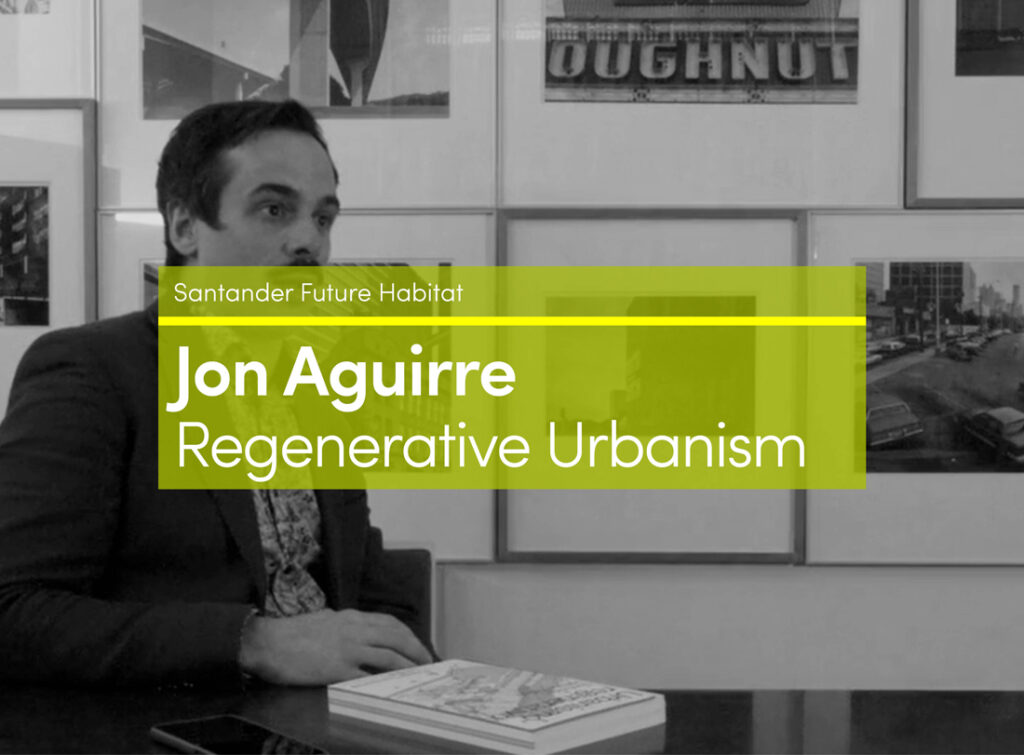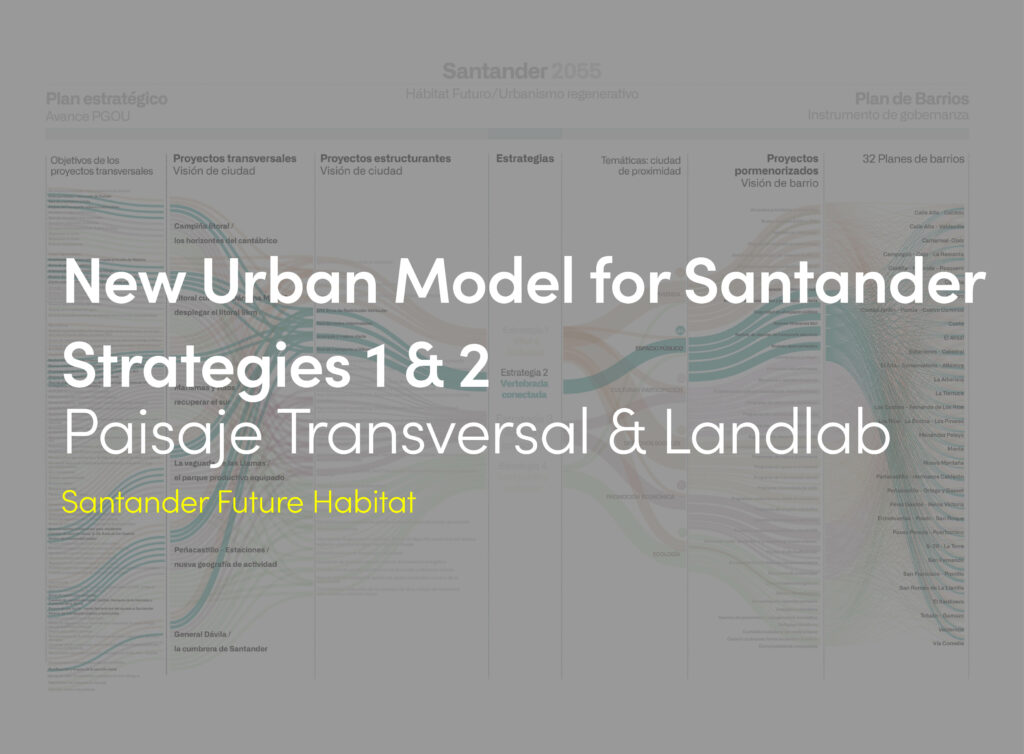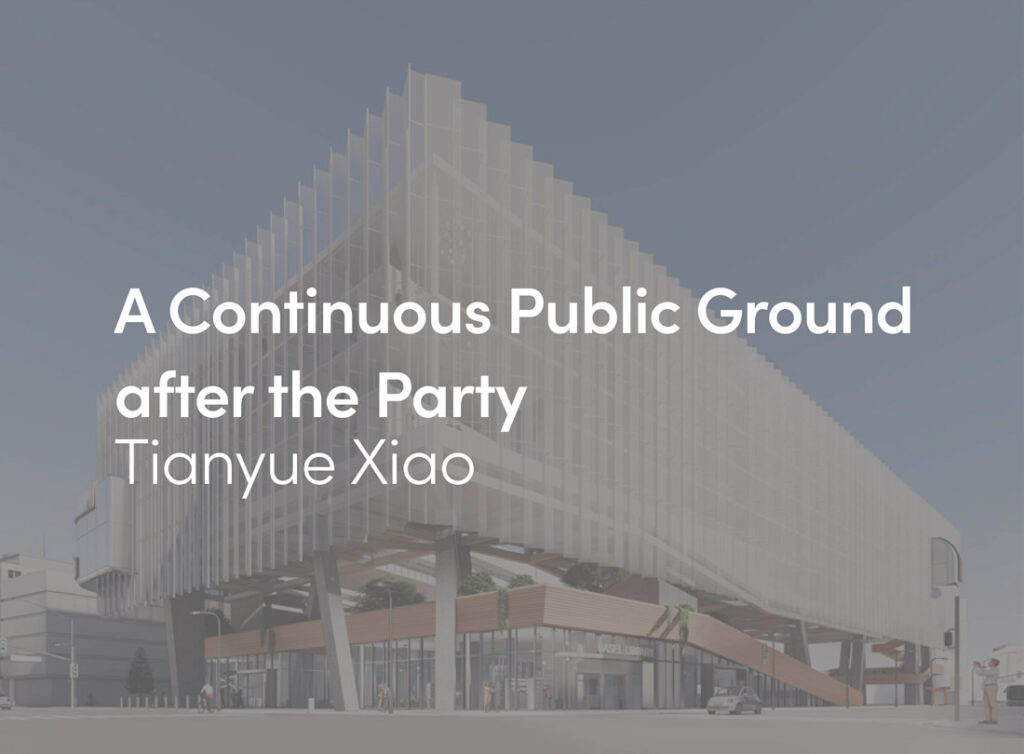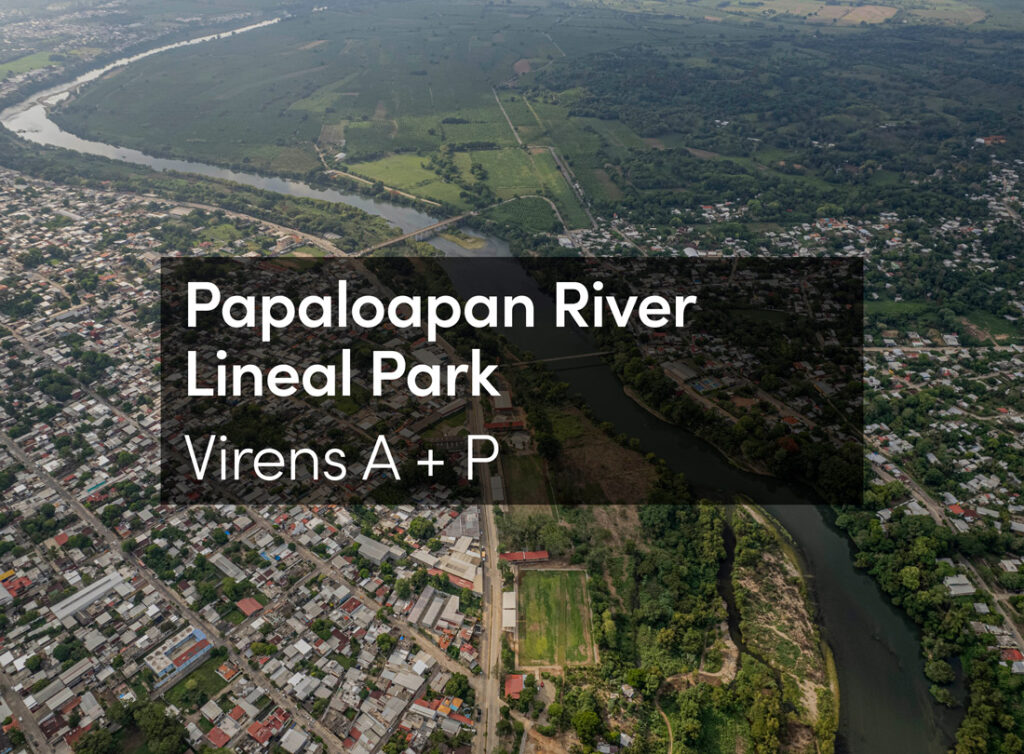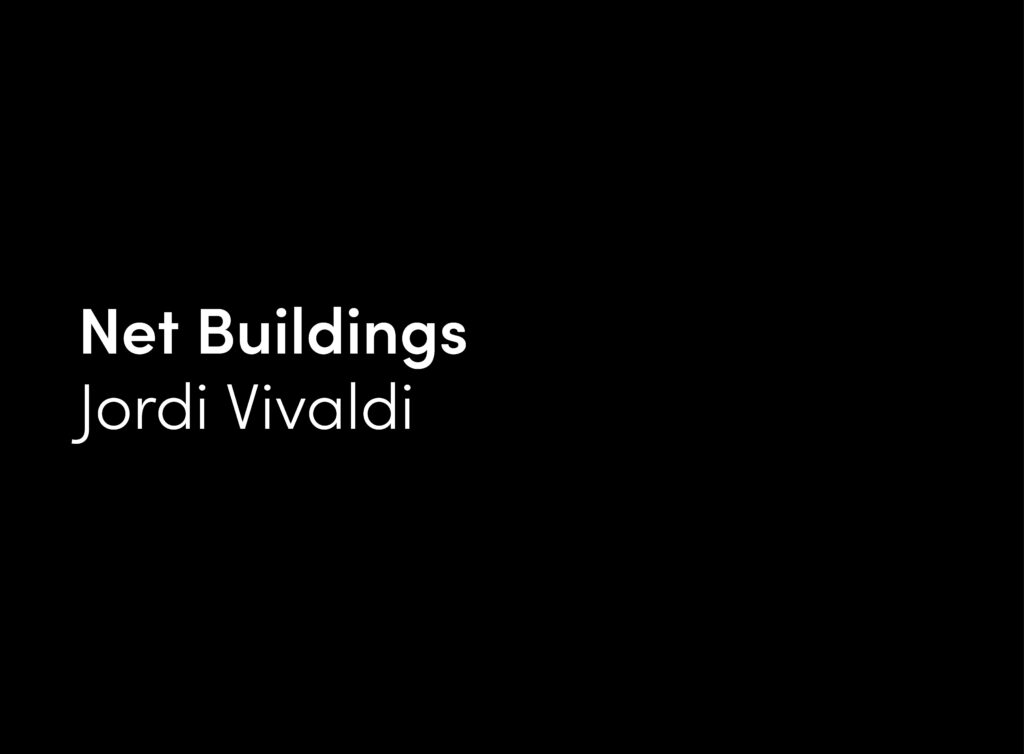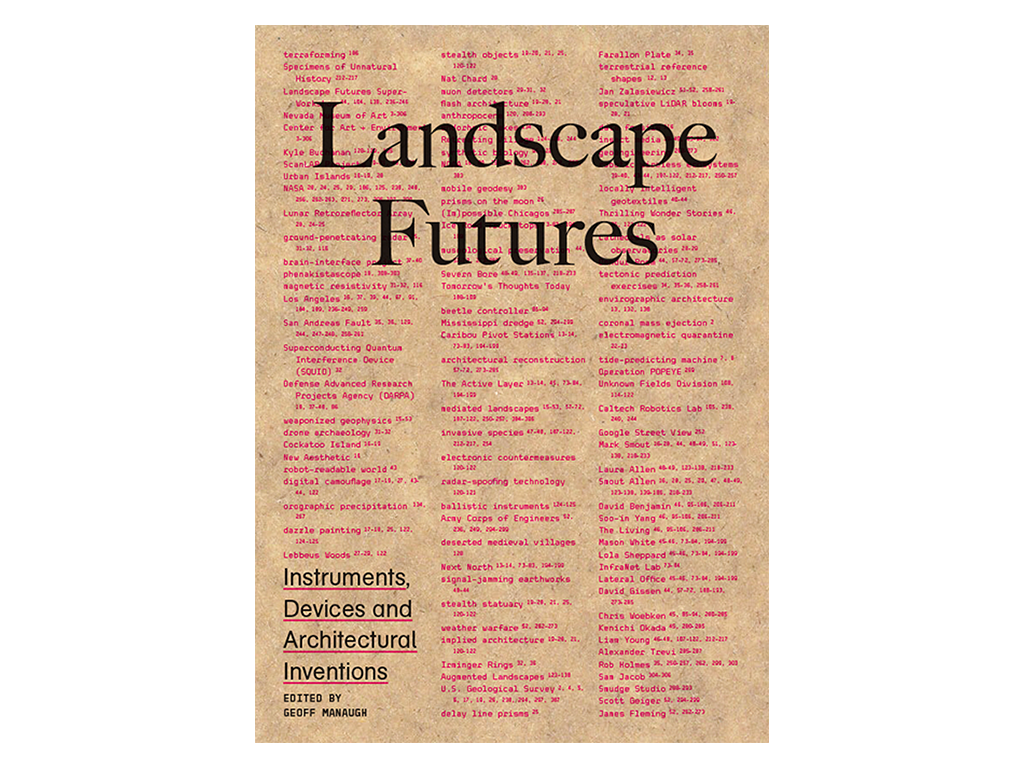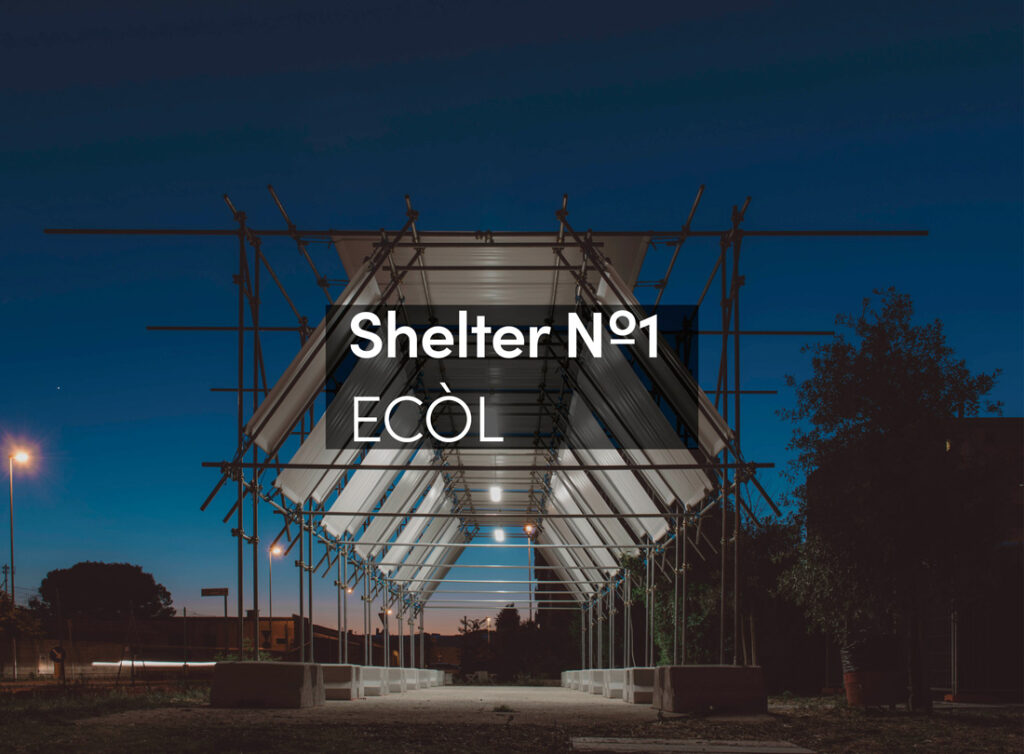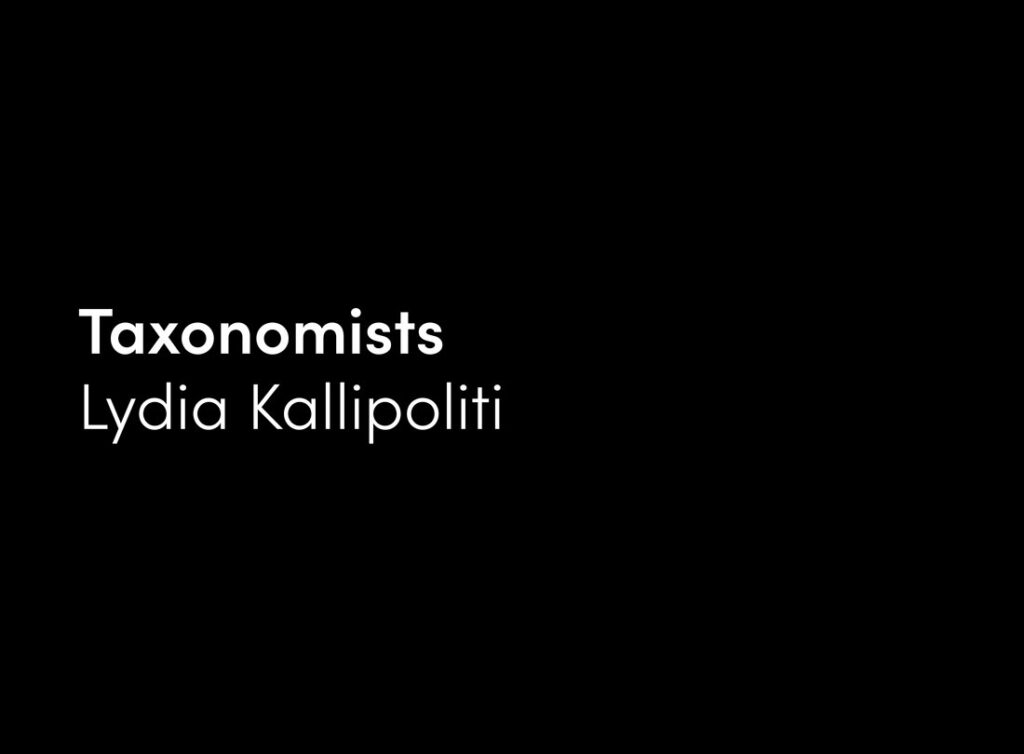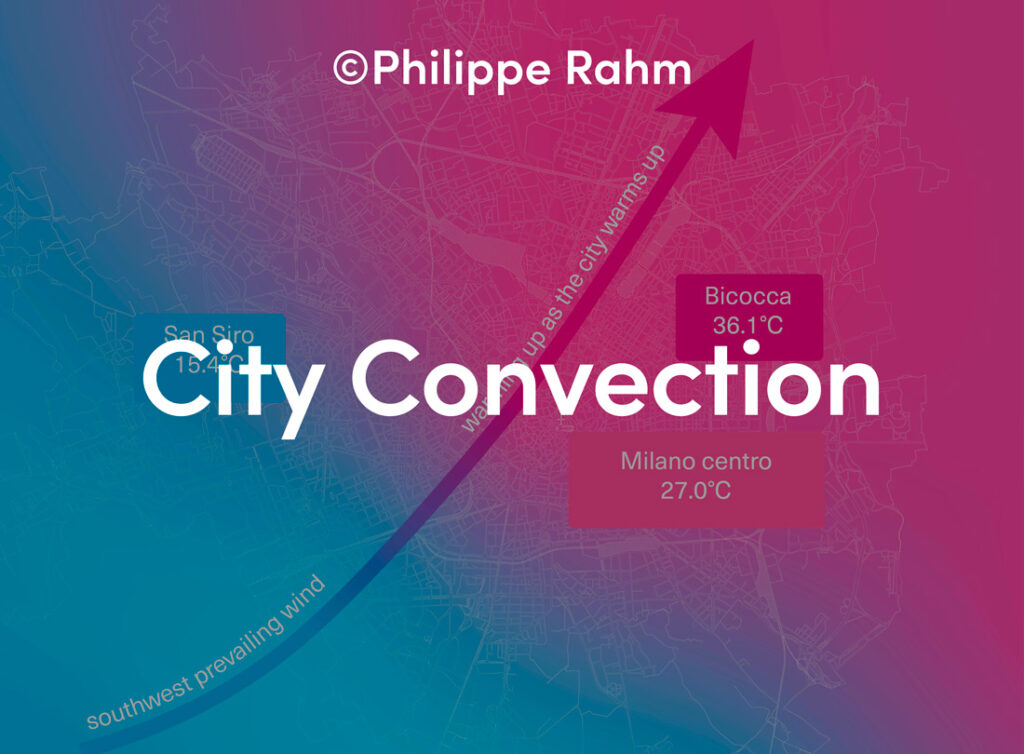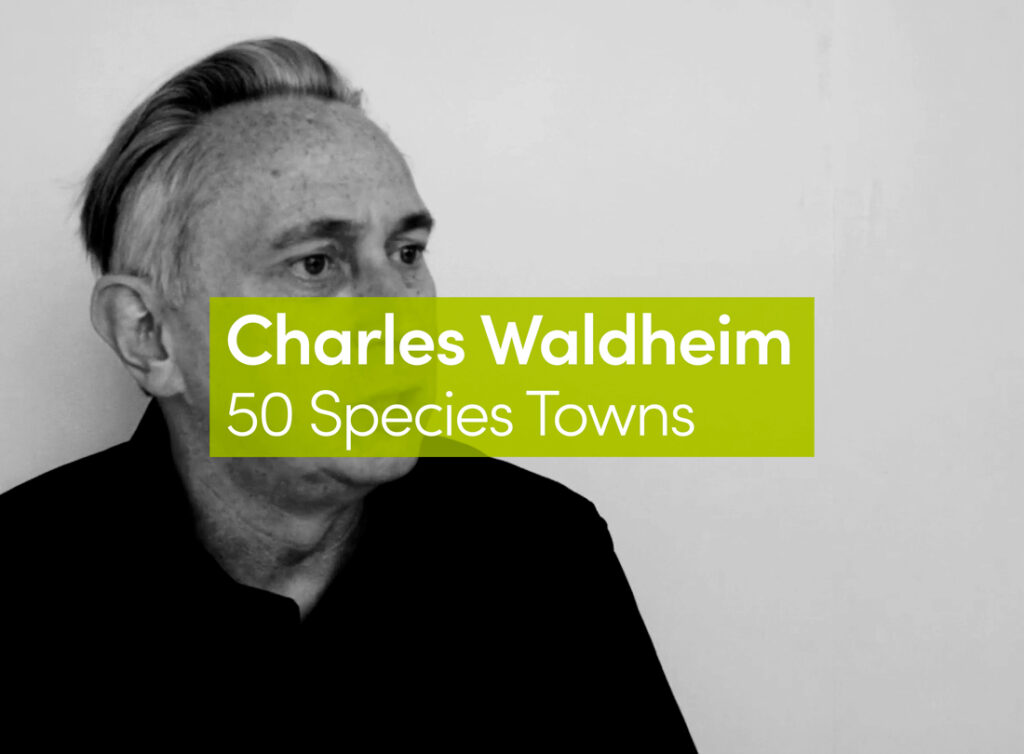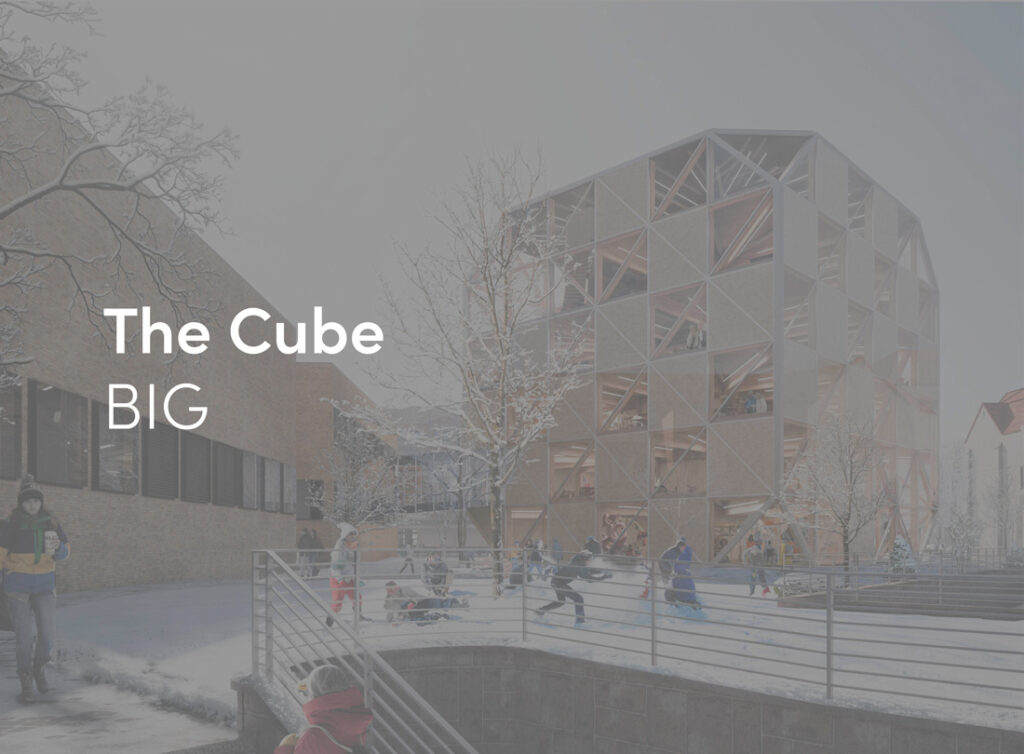This third chapter of the Across Chinese Cities program is a continued exploration of the rapport between the built environment and socio-economic processes of change in the contemporary Chinese context. Across Chinese Cities – The Community explores approaches to planning linked to the development of ‘communities’ as mechanisms that create new systems of social, economic and spatial belonging. The exhibition offers an unprecedented look at over twenty case studies that draw upon the ‘’emancipating potentialities of commoning’’ (Stavros Stavrides, The City as Commons) through integrated design strategies which embody new notions of collective identity and thus novel interrelated norms of co-dependence, participation and inclusivity.
By tackling localized predicaments generated by uneven economic distribution, environmental scarcity and demographic fragmentation, they shed light on a transitional framework of socio-economic development where new subjectivities are emerging and so producing co-actualized protocols of governance on the micro-scale. They point towards the edification of enlightened methodologies of contemporary coexistence in the urban and rural realms. Most importantly these experiences unveil how spatial transformation becomes auxiliary to the consolidation of new alliances among economic actors, governmental stakeholders and civic constituencies in medicating the disruptive effects of forty years of China’s unabated urbanizing race.
The exhibition is organized in six thematic frameworks – Working Paradigms / The Domestic Sphere / The Consumer Revolution / Culture, Learning & Care / Leisure & Playtime / Mobility – each providing a narrative entry point to socio-cultural constructs where collective life is customarily consumed and reproduced. Each project is presented in an assemblage of visual and textual materials that render explicit the symbolic and physical systems of objects, spaces and rituals embedded in their making, thus unearthing connections among past and present regimes of sharing.
Each of these propositions, nested through tiered urban contexts, from historic districts, second tier cities to urban villages, and rural areas across different Chinese regions, behaves in responsive capacity towards a reconciliation between policy-relevant and community-native forms of ordering based on mutual fulfilment, cultural empowerment and thus ‘’collective inventiveness’’ that are rooted in and differently informed by a heritage of communal spatiality.
The exhibition includes historical itineraries drawing connections between the present case studies and past governmentalities of architectural and social formations – the People’s Commune, the Danwei (working unit) and the Socialist Mansion, so to suggest understandings of publicness, resilience and civic participation that might differ from their Western equivalents.
The ACC 2018 Guest City Suzhou chapter features studies on community development centred around the Pingjiang Road Preservation and Regeneration Plan; collectively these explore the city’s unique context of preserved traditions found in its historic urban fabric, crafts heritage and abundant natural resources, to enrich its ecological, economic and social condition.
This 2018 project aims at collating knowledge around dynamics of modern development centred on enabling the ‘making of community’ as a ‘’project, rather than an accomplished state’’, to inform novel discursive and planning practices of responsive governance and creative management for the contemporary city.
CULTURE, LEARNING & CARE
Notwithstanding the dooming legacies of the country’s rapid-fire development since the 1980s, a more nuanced image of change has emerged over the past decade through a transitional perspective of development whose social and economic configuration is made urgent by escalating income gaps, deregulated migratory fluxes, and the unabated challenges posed by environmental depletion in both urban and rural areas.
Projects of urban and rural revitalization and preservation have become purview of authorities on a national expanse, signalling an increased preoccupation with the erosion of both the physical and social dimensions of ‘place’ which is vital to securing stability and cohesion.
Projects presented here are implemented through second tier cities and remoter regions, testing integrated strategies of revival founded on localized community empowerment, cultural bonding, and on small-scale ecologies of production rooted in long-lasting histories of vernacular traditions. The regenerative ethos of current experimentalism in architecture and design practices speaks of intellectual ambitions appreciative of craft-knowledge and grassroots intelligence, rediscovered in the vocabularies of amateurism, traditional aesthetic and building canons, the use of found materials and natural resources, and therefore a rejuvenation of shared values for the edification of a new-found commonwealth for future generations.
THE DOMESTIC SPHERE
Possibly the most pressing predicament in the history of modern China, the provision and management of housing has been object of heavy centralized regimentation ever since the Open Door Policy of the 1980s. The economic recovery mandated by the country’s transition into industrialization and massive urban development, also dramatically increased migratory fluxes towards city centres and thus the need for spaces to accommodate them. It is arguably the intertwined principles of ownership and household registration (hukou) to make housing of critical importance for the preservation of social stability and civic trust. The hukou system, which differentiates the rights of access to public service between urban and rural populations, was introduced in 1958 and remains today a regulatory framework for population management that can lift residents’ rights to habitation as much as enforce their displacement.
Although recent rental policies try to supplant the legislative intricacies of hereditary ownership, the staggering income disparities in large cities are severely aggravating their affordability for long-time residents and, even more severely, for younger dwellers.
The projects in this section are exemplary in their development of building solutions and accommodations of affordability that aim to inventively engineer new possibilities for the industry: by plugging into the host-system of the existing city, they resist wasteful construction and ameliorate the living conditions of underserved populations – from low-end income workers to young graduates – with the result of generating scalable models for community empowerment.
WORKING PARADIGMS
China’s transition into innovation-led development is a core tenet of its sustainable growth.
Framed by the polices of the New Normal, home-grown industries and labour markets are called upon a qualitative upgrading of manufacturing capacity and skilled human capital, which governmental directives issued since 2015 are aiming to incentivize. The ‘Made in China 2025’ (1.5 billion USD from central-level funding and 30 times more in financial services) and the ‘Mass Entrepreneurship and Innovation’ strategies devise support investments in the making of a spatial ecosystem of creation, advanced technological production and design-led entrepreneurialism for the youngest ranks of urbanites and the 7million graduates output yearly into the market-place.
With decades-long planning prioritizing large-scale infrastructural construction (for motorized mobility and massive housing) and new building codes attempting to fence off real-estate speculation, the projects here presented propose refitting strategies of existing spatial resources to serve old and new demographics. In consideration of more flexible working habits resulting from volatile employment, and the lifestyle changes of the youngest generations of Millennials exposed to soaring living costs in large-scale cities, these initiatives operate as rewiring mechanisms attempting to mend the disconnection between the social consequences of a transforming economic environment and its ‘spaces of production’, so to re-establish meaningful dimensions of proximity among inhabitants and their city.
LEISURE & PLAYTIME
With rapid urbanization and the incentivization to domestic consumption, Chinese coastal cities have become strategic centers for the territorialisation of global phenomena, new lifestyles and social rituals. Increased spending capacity, raising household incomes and access to diversified products and services have more critically changed the attitude and mindset of urban dwellers towards qualitative living since the advent of mobile technologies and the ubiquity of e-commerce platforms.
If during the 1990s the shopping mall and the entertainment park were theatres of collective spectacle for a newfound economic freedom, with digital literacy spreading fast to a vast demographic array, the emergence of so called ‘conscious consumption’ translates today in a desire for healthier and meaningful offerings, like food, sports activities and travel. A reappreciation for local culture, tailor-made experiences and more agile living lifestyle have prompted a surge in demand for hospitality projects capable to incubate new forms of social and territorial bonding.
Projects presented in this section show an ecological approach to integrated planning, where experience, space and programming are intertwined to serve the leisure economy with a conscious approach to building, respectful of historical heritage, materials, methods of construction, as well as aesthetic finesse. The three examples are cast in diverse context – a remote rural village, an historic district and a downtown city centre, yet similarly they approach ‘’place-making’’ as processes of co-design that attempt reconciling the fast pace of digital consumption to the slow experience of offline human interaction.
THE CONSUMER REVOLUTION
Domestic consumption has been key in China’s economic growth ever since the 1980s, with the country transitioning from state planned production and distribution to market-led supply and demand. Consumers spending habits adapted every other decade to an expanding availability of products and services as the acquisition of goods became a significant factor in determining individual and collective identities. In the decade from 1985 to 1995 retail sales grew 22% annually, and with the advent of smart technologies and e-commerce platforms Chinese consumers have virtually unlimited access to global offerings.
One of the most conspicuous changes determining major consumption shifts since the 1980s was the vast array of food made available for rural markets and urban shops tied to rural reforms. Today the revamped ‘rural reconstruction’ movements and official governmental agendas are trying to mediate the huge divide between rural and urban populations as social and environmental sustainability become central to the country’s stability, and so its capacity to provide services and welfare for a vast unurbanized population, the preservation of agricultural businesses, as well as the self-sufficiency of the domestic economy. Here we take the Slow Village movement as a case study and its propositions to ensure a moderated growth and social inclusion focused on preserving agricultural traditions.
MOBILITY
Most sensational for the instantaneous mass-effect it has generated, the 2-year old phenomenon of dockless bike-sharing systems appearing across hundreds of Chinese cities has literally transformed them from within, it is prompting new collective habits, more environmentally friendly lifestyles and affecting planning strategies as much as the look of streets. Among the various start-up companies that emerged in this entrepreneurial race, Mobike has captured headlines for its founders’ vocal advocation for environmental protection, against traffic pollution and congestion.
In collaboration with DATAOJO, a Beijing-headquartered data intelligence unit, we present here visualizations and interactive analysis from Magic Cube, the AI platform they developed for Mobike. The platform consists in a data harvesting system for monitoring and managing bikes’ performances and users’ patterns, providing responsive capacity to the company’s service provision (knowing where and when bikes are needed, most used or abandoned) while also revealing an information flow that could have critical relevance for ameliorative planning practices.
HISTORY – COLLECTIVE FORMS IN CHINA
The danwei (work unit) the people’s commune (collective unit) and the socialist mansion are the three socio-political, economic and spatial models that profoundly restructured Chinese society in the Maoist era.
From the 1950s to 1980s, China imposed on its population a mandatory industrialisation and collectivisation through an urban danwei system and rural commune system. Starting with the Great Leap Forward, its aim was a social and spatial reorganisation that was to strengthen the new socialist People’s Republic of China and realise Chinese modernity. Thus, coinciding with all-encompassing institutionalisation and new modes of production and governance, these ‘collective forms’ created a radical change in scale and organisation, and redefined the relationships between workers, peasants and state.
Laying the foundations to today’s urban and rural China, their impacts are still visible and real. Reviewing their conception as social projects and the social realities they produced, the Collective Forms in China workshops in 2016 and 2017 in Wuhan at the Huazhong University of Science & Technology were led by Sam Jacoby and Jingru Cyan Cheng from the Architectural Association School of Architecture. Furthermore, a workshop in Beijing conducted in collaboration with Baitasi Remade, the urban revival research platform that was active in 2015/2016 and took the namesake hutong area as its subject, partially investigated the case study of the locally found Suifujing Socialist Mansion, the best preserved example remaining in the Chinese capital.
The outcomes of this research are presented in the show.
